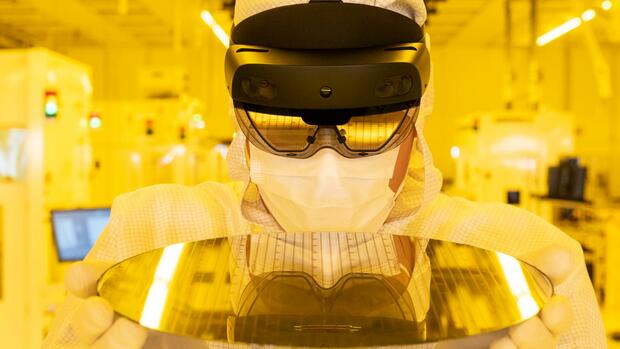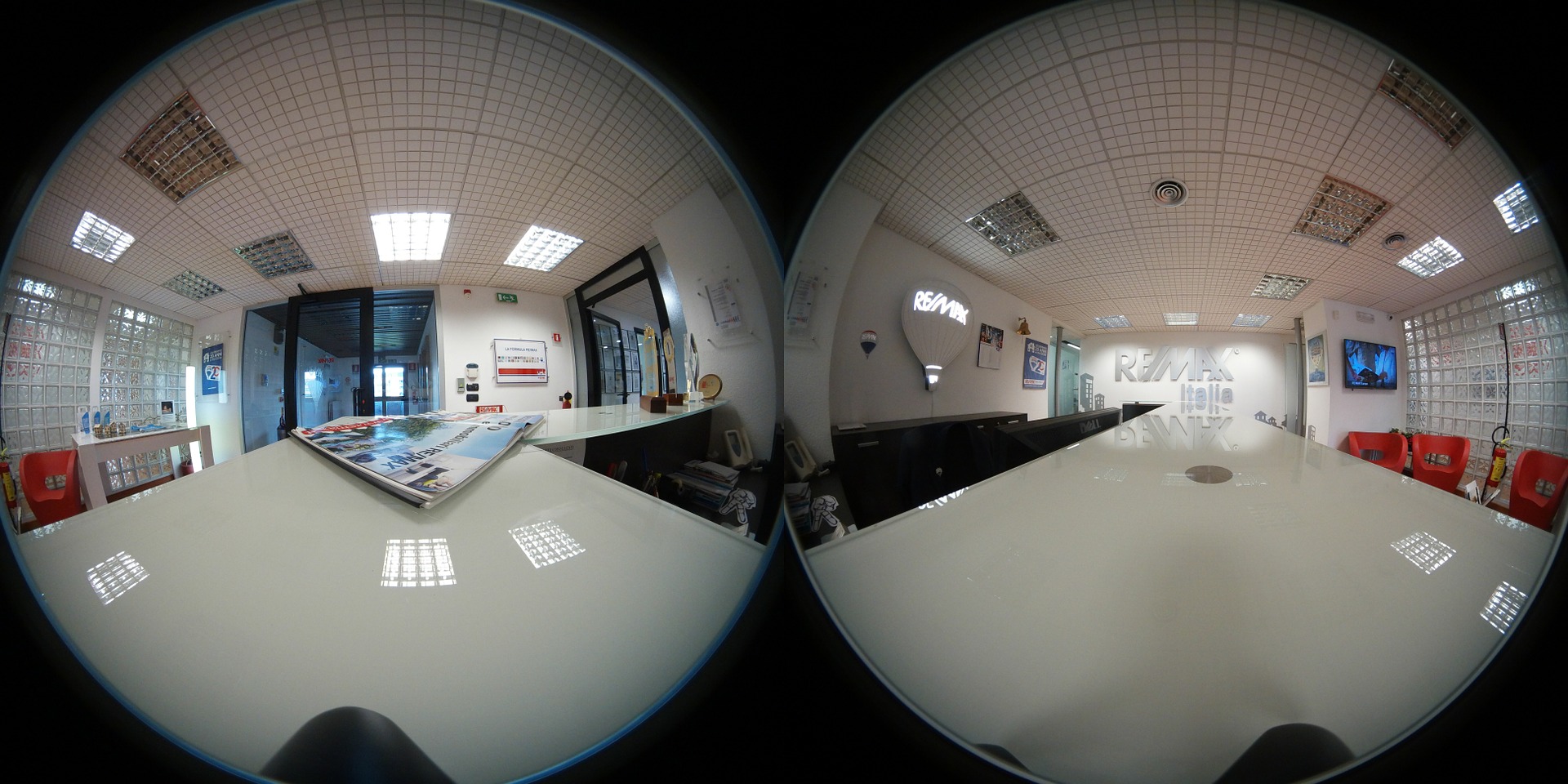Munich The customers of the chip industry still need strong nerves. Demand is growing faster than production capacity. For 85 percent of the components, prices are therefore likely to rise in the next twelve months, according to current figures from supply chain specialist Supplyframe. With 83 percent of the components, buyers would also have to wait even longer for delivery than before, says Supplyframe expert Sascha Bütterling.
The fact that the situation is getting worse and worse two years after the beginning of the chip crisis is partly due to China. In April, Supplyframe recorded 48 percent more design drafts for electronic devices there than in the previous year. This means that new products are being developed on a large scale, which are to be launched on the market in the next few months. And for this, manufacturers need components.
Although the number of new designs in Europe increased by only five percent in April compared to the previous year, according to Supplyframe, Europeans will soon also need more semiconductors.
It does not look good across the entire product range of the chip industry – from the analog power supply to standard logic modules to application-specific chips, the so-called ASICs, and sensors. If you want to come to the market with innovative offers and have not yet ordered the chips, you have to be prepared for long waiting times. “For some assemblies, we are talking about two years,” says Bütterling.
Supplyframe has a deep insight into the business: the company, which was acquired by Siemens last year, operates its own marketplaces for electronic components and also analyzes the development activities of companies worldwide.
At the largest German chip manufacturer, Infineon, customers have to wait between 52 and 80 weeks for power semiconductors, the so-called mosfets, according to Supplyframe. The coveted components for the power supply are allocated to the customers, the industry speaks of allocation. In addition, buyers have to dig deeper into their pockets: “We are benefiting from a positive price environment,” says Sven Schneider, CFO of Infineon.
Chip manufacturers are currently investing heavily. According to the industry association Semi, the producers want to invest $ 446 billion in the construction of new plants and additional production lines. The industry association refers to the volume of projects that will start in the years 2021 to 2023. However, it will be several years before the new production lines start mass production.
STMicroelectronics no longer has capacity for 2023
“We are almost sold out for 2023,” says Jean-Marc Chery, HEAD of STMicroelectronics. “Demand exceeds supply by 30 to 40 percent,” says the CEO of Europe’s largest semiconductor manufacturer. “There are no signs of weakness in our core business,” adds Helmut Gassel, Chief Sales Officer of Infineon. The Dax Group earns most of its money from the automotive industry and industrial customers.
According to Supplyframe, chip manufacturers have recently raised prices by up to 25 percent. They also demand binding orders and advance payments from their customers. The corona lockdowns in China also ensure that the chips remain scarce. STMicroelectronics, for example, suffered a two-week production loss in Shenzen in the first quarter.
Relaxation can only be expected in a few selected areas. Thus, the order deadlines for LEDs are likely to decrease in the first quarter of 2023, Supplyframe predicts. Currently, customers have to order many optoelectronic products one year in advance. The situation with sensors is also expected to improve slightly at the beginning of next year. Currently, the delivery time for more than half of all sensor types is over one year.
In contrast to Supplyframe, chip customers expect that they will soon be better served with semiconductors. VW, for example, expects that the semiconductor shortage will ease in the second half of the year and contribute to an increase in production, which will compensate for the months-long cuts. However, the car industry does not expect a breakthrough. In principle, semiconductors will still be in short supply in the coming year, BMW CEO Oliver Zipse said recently.
Meanwhile, supply frame manager Bütterling gives companies little hope: “War, inflation and the ongoing pandemic are further aggravating the situation,” he said. At the earliest, the chip supply could exceed demand again by mid-2024.









